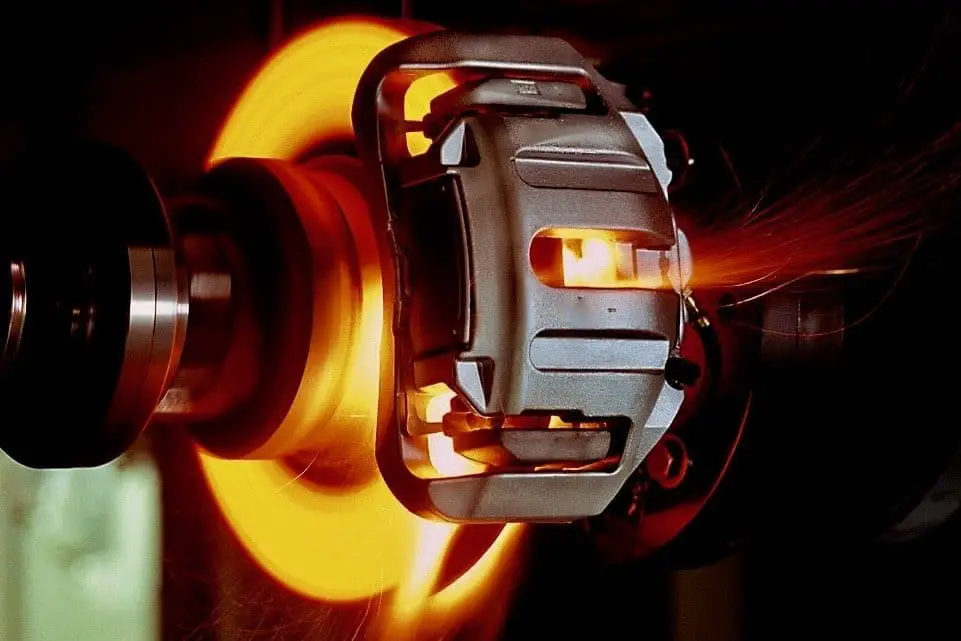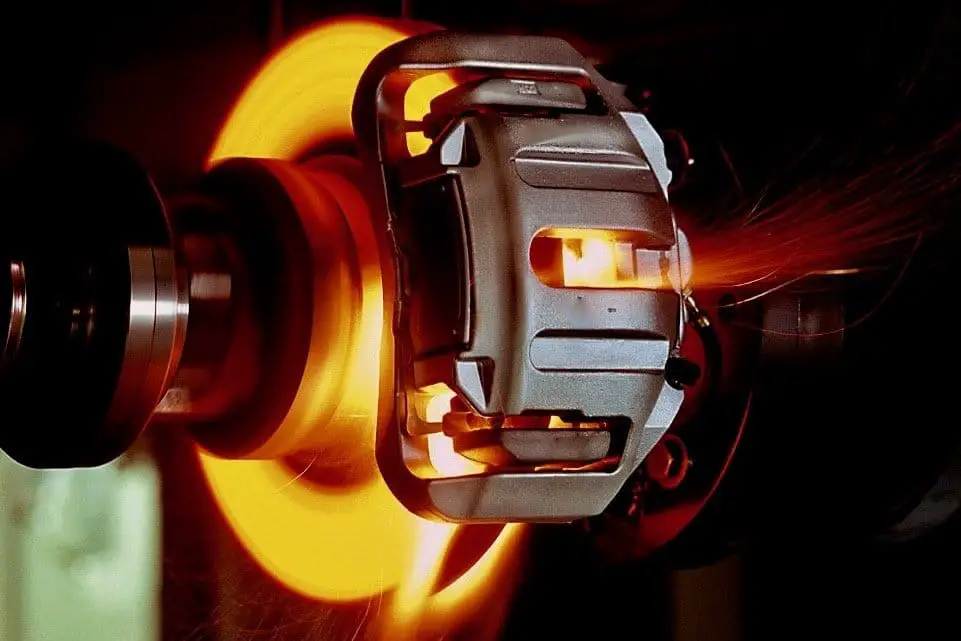How does a friction pad help EVs brake?
Drivers getting behind the wheel of an EV for the first time are often surprised to learn about regenerative braking. Unlike vehicles with internal combustion engines, electric and hybrid vehicle brakes operate the electric motor in reverse, and this applies a braking force through electromagnetism


Drivers getting behind the wheel of an EV for the first time are often surprised to learn about regenerative braking. Unlike vehicles with internal combustion engines, electric and hybrid vehicle brakes operate the electric motor in reverse, and this applies a braking force through electromagnetism. This not only recaptures some of the vehicle’s kinetic energy to give a bit of charge to the battery, but it also means the brake pads in these vehicles are used less frequently.
Regenerative braking, which turns EVs’ motor systems into generators when needed to slow the vehicle, is already used to some degree in most electric vehicles and hybrids. It provides energy that can be packed into batteries for later, improving efficiency, and it can extend the life of brake pads several times longer than those of gasoline vehicles.
Rear brakes are less powerful to prevent the rear wheels from locking and skidding. A load-sensitive pressure-limiting valve prevents locking in most cars by controlling high rises in hydraulic pressure. Limiting valves help prevent brake locking situations, along with anti-lock brake systems which monitor wheel locking. Modern vehicles also apply power-assisted brakes.
How Does Regenerative Braking Work?
What happens when you hit the brakes in a regular gas or diesel vehicle? When depressing the brake pedal in a regular internal combustion vehicle applies pressure to a hydraulic fluid that forces your brake calipers to press the brake pads into the rotors, slowing the wheels’ rotational speed – and thus, your vehicle – using friction. The components are a bit different in the case of drum brakes, but the basic principle is the same. With either system, what’s really happening in your vehicle’s kinetic energy is being absorbed and dissipated into the environment. Friction causes the brakes to heat up and then radiates into the atmosphere.
But electric motors have a special talent that internal combustion engines don’t have: when you force an electric motor to turn, it acts as a generator, creating an electric current within its wire windings. Every electric motor is, in effect, also a generator, and every generator is a motor. That process of “inducing” a current consumes energy, of course, and the current flowing through the windings creates a magnetic field that gradually slows the motor to a stop. All an EV-maker needs to do to implement regenerative braking is design a mechanism for the current generated by the decelerating motor to flow back into the battery as recovered electrical energy.
It’s almost as if, instead of dissipating your car’s kinetic energy as waste heat each time you brake, your brake pads could instead convert that energy into gasoline that gets poured right back into your tank.
Source:
i) By AutoGuide.com Staff (2021) Regenerative Braking: Everything You Ever Wanted to Know




